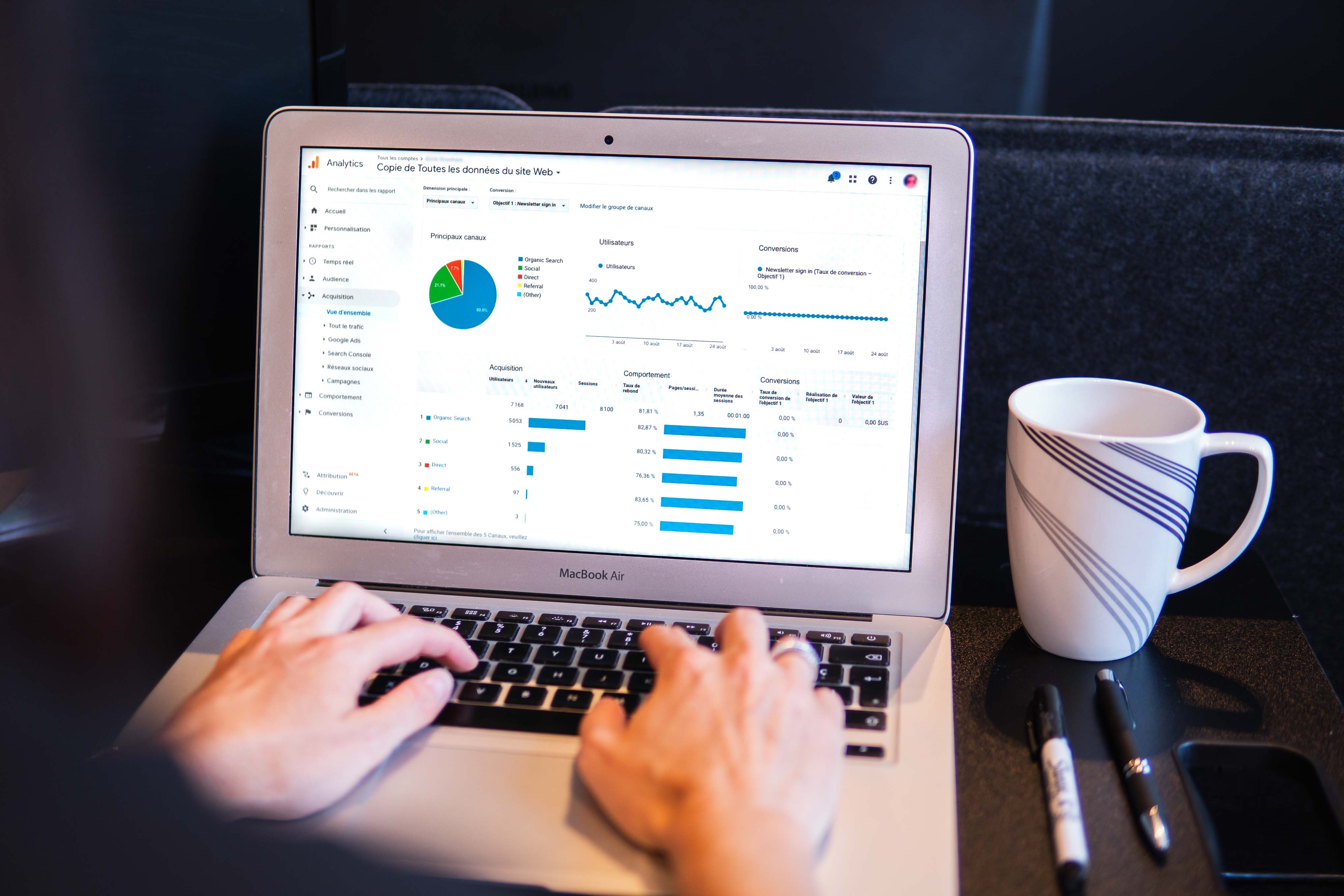Data-Driven vs. Last-Click Attribution in Google Ads: What's the Difference?


Is your Google Ads account recommending you switch your conversion tracking to data-driven attribution? Like most people, you are likely using last-click attribution and have no clue what the difference really is. That is pretty normal. Let's compare attribution models in Google Ads so you can make a more informed decision.
Attribution
Attribution is the process of determining which touchpoints or interactions in a customer's journey contribute to a conversion. In Google Ads, there are two main types of attribution: data-driven attribution and last-click attribution. Understanding these attribution models is essential for accurate conversion tracking and making informed decisions about your Google Ads attribution strategy.
Data-Driven Attribution
Data-driven attribution is a machine learning model that uses the data from your Google Ads account to determine the value of each touchpoint in the customer journey. It takes into account factors like device type, customer location, and the time of day the interaction occurred.
Data-driven attribution can provide a more accurate picture of the customer journey and help you understand the role each touchpoint plays in driving conversions.
Last-Click Attribution
Last-click attribution gives all the credit for a conversion to the last ad that the customer interacted with before converting. This means if a customer sees an ad for your product on their phone, but doesn't convert until they see the same ad on their laptop later that day, the conversion will be attributed to the laptop ad.
Pros & Cons
There are pros and cons to both data-driven and last-click attribution. Data-driven attribution can provide a more accurate representation of the customer journey, but can also be more complex and may require more data to be effective. Last-click attribution is simpler, but may not accurately reflect the role other touchpoints played in the customer's decision to convert.
Fortunately, you can check the difference in attribution before deciding what is best. Go to "Tools & Settings" at the top of the screen. Then select "Attribution" under the "Measurement" column.

Next, select "Model Comparison" on the lefthand side. The table on the screen will allow you to see the number of conversions Google is attributing to the different attribution models. We typically go with the attribution model that shows the most conversions, but if you feel that’s not right for you, go with the model you believe is most accurate.

The Right Attribution Model for You
Ultimately, the right attribution model for you will depend on your goals and available data. If you have a large amount of data and want a more granular understanding of the customer journey, data-driven attribution may be ideal. If you have less data or are just starting out with Google Ads, last-click attribution may be a good place to start.
Why brands choose MAIUS
Brands come to us for predictable growth, transparent reporting, and a team that actually cares about performance. No long contracts, no jargon. Just better results.



































.jpg)




























































